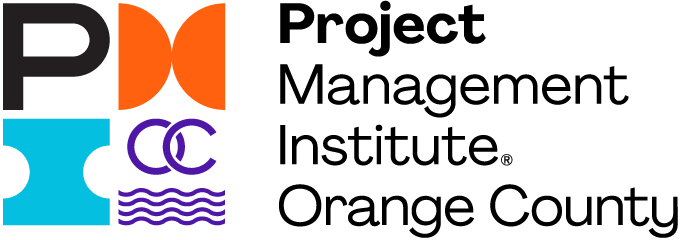Books Read

Welcome to the PMI-OC Book Club! On this page, you will find a wealth of information. First, you will find takeaways (provided by Book Club participants) from books that the Book Club has already read and discussed. Second, you will find rankings of those books. Books are ranked from "1" to "5" where "1" is the worst and "5" is the best. For each book, the initial ranking is a survey of initial thoughts about the book. The final ranking is a post-discussion ranking to discern opinions after discussion in case the opinions have changed. Finally, you will find information for the book to read for the next Book Club meeting.
Books Read
| Book Information and Takeaways | Initial Rank | Final Rank |
|---|---|---|
"Dare to Lead" by Brene Brown
|
4.45 | 4.32 |
"The Five Dysfunctions of a Team" by Patrick Lencioni
|
4.63 | 4.71 |
"Emotional Intelligence" by Daniel Goleman
|
3.8 | 4 |
"Atomic Habits" by James Clear
|
3.83 | 3.18 |
"The 5 Languages of Appreciation in the Workplace" by Gary Chapman and Paul White
|
3.2 | 3.2 |
"Accidental Agile Project Manager" by Ray Frohnhoefer
|
4.2 | 4.7 |
"The 7 Habits of Highly Effective People" by Stephen Covey
|
4.5 | 4.82 |
"The Jelly Effect" by Andy Bounds
|
4 | 4.5 |
Current Book to Read:
"How to Measure Anything" by Douglas Hubbard
Synopsis from Amazon
"How to Measure Anything" shows managers how to inform themselves in order to make less risky, more profitable business decisions.
Anything can be measured. This bold assertion is the key to solving many problems in business and life in general. The myth that certain things can’t be measured is a significant drain on our nation’s economy, public welfare, the environment, and even national security. In fact, the chances are good that some part of your life or your professional responsibilities is greatly harmed by a lack of measurement – by you, your firm, or even your government. Regardless of your role in business, understanding the power of measurement will make you, those around you, and your organization more efficient and productive.
Using simple concepts to illustrate the hands-on application of advanced statistical techniques, "How to Measure Anything" reveals the power of measurement in our understanding of business and the world at large. This insightful and engaging book shows you how to measure those things in your business that you may have previously considered immeasurable, including: customer satisfaction, organizational flexibility, technology ROI, and technology risk. Offering examples that will get you to attempt measurements ― even when it seems impossible―this book provides you with the underlying knowledge and the necessary steps for measuring anything, especially uncertainty and risk.
Editorial Reviews
Doug Hubbard’s book is a marvelous tutorial on how to define sound metrics to justify and manage complex programs. It is a must-read for anyone concerned about mitigating the risks involved with capital planning, investment decisions, and program management.
I love this book. Douglas Hubbard helps us create a path to know the answer to almost any question, in business, in science, or in life . . . "How to Measure Anything" provides just the tools most of us need to measure anything better, to gain that insight, to make progress, and to succeed.



